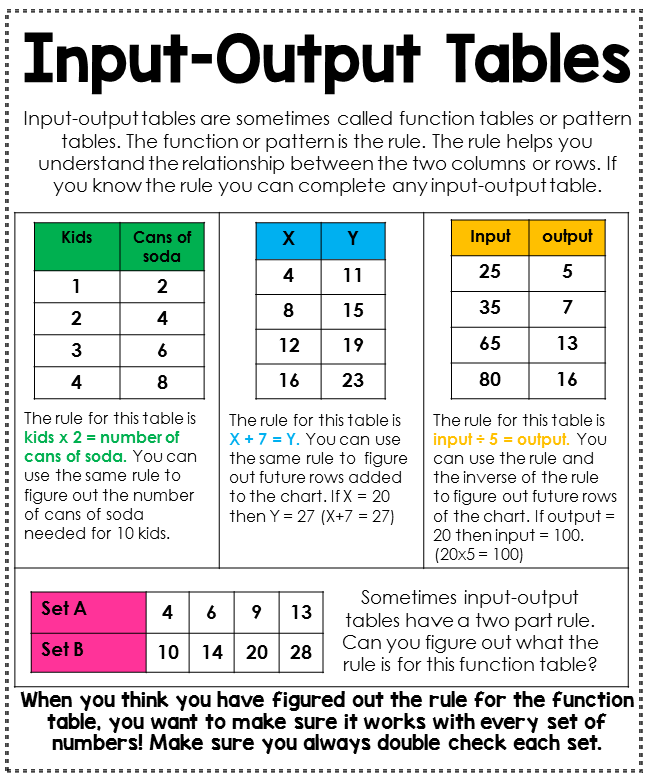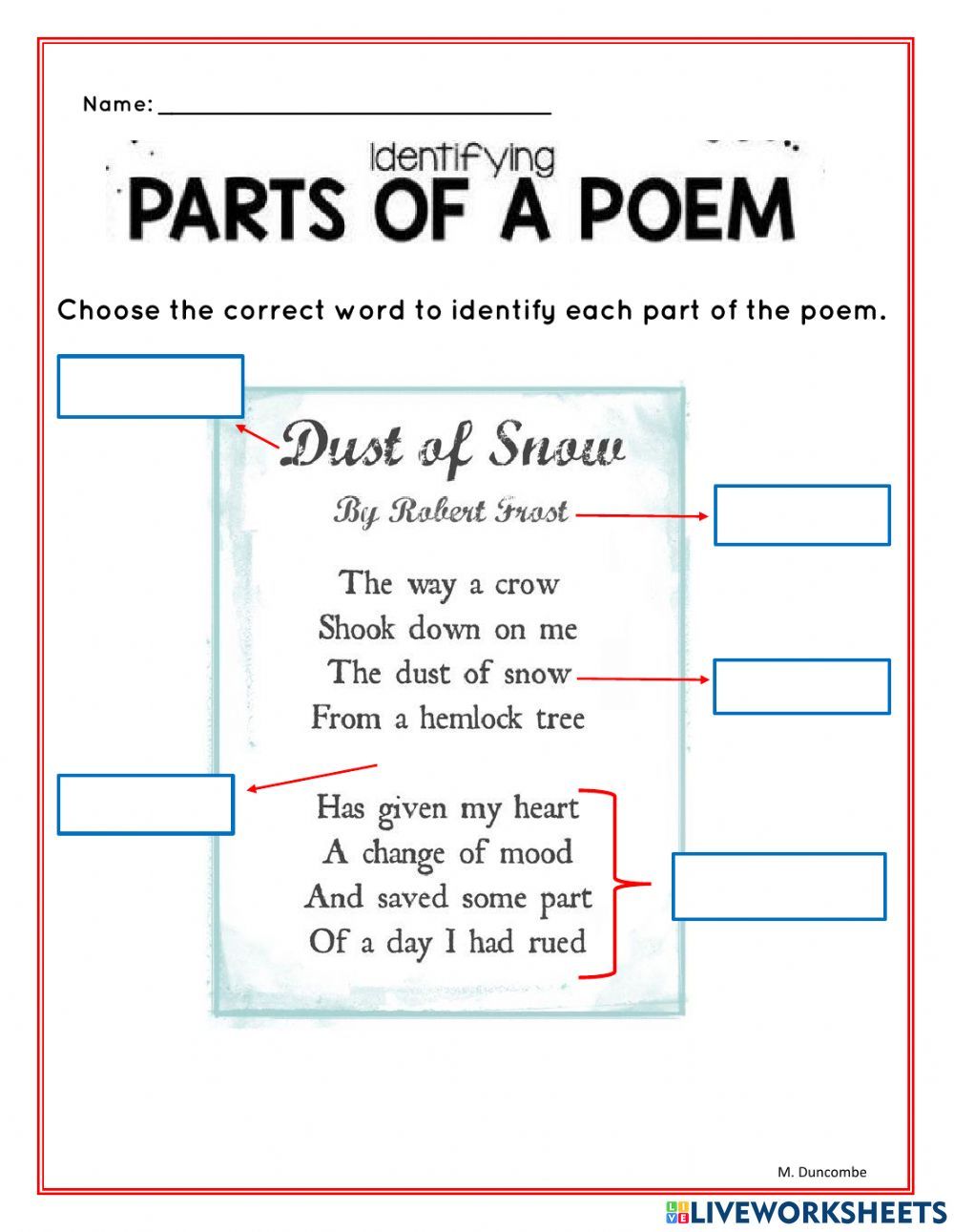Dihybrid Cross Punnett Square Worksheet Simplified

Dihybrid cross Punnett squares might seem overwhelming at first, but they are simply an extension of what you've learned from monohybrid crosses. A dihybrid cross involves two traits, and with careful setup, you can predict offspring ratios just as efficiently as with one trait. Here, we'll break down the process into simple, digestible steps, providing you with a clear understanding and practical tools for mastering dihybrid Punnett squares.
Understanding Dihybrid Inheritance

Dihybrid inheritance occurs when traits from two different genes are considered simultaneously during breeding. This involves:
- Genes located on separate chromosomes or
- Genes that are far apart on the same chromosome.
The key principle to remember is Mendel’s Law of Independent Assortment, which states that allele pairs separate independently during the formation of gametes. Thus, inheritance patterns of one trait don’t affect another.
Setting Up a Dihybrid Punnett Square

Here’s a step-by-step guide on how to set up a dihybrid Punnett square:
- Identify Traits: Note down the two traits you’re working with and their associated alleles. For example, seed shape (R - round, r - wrinkled) and seed color (Y - yellow, y - green).
- Determine Parental Genotypes: Establish the genotypes of the parental generation. Example: RrYy × RrYy (F1 hybrids).
- List Gametes: Using the FoIL method (First, Outer, Inner, Last) to determine possible gametes:
- For RrYy, gametes could be RY, Ry, rY, and ry.
💡 Note: Each parent contributes only one allele of each gene to their gametes, randomly assorting these alleles.
- Create the Punnett Square: Make a 4x4 grid (16 squares total) to represent all possible gamete combinations.
- Fill the Square: Place the gametes for one parent along the top and for the other parent down the left side. Fill in each square with the resulting genotype combinations.
| RY | Ry | rY | ry | |
|---|---|---|---|---|
| RY | RRYY | RRYy | RrYY | RrYy |
| Ry | RRYy | RRyy | RrYy | Rryy |
| rY | RrYY | RrYy | rrYY | rrYy |
| ry | RrYy | Rryy | rrYy | rryy |

Interpreting the Results

Analyzing the dihybrid Punnett square provides us with:
- A 9:3:3:1 ratio of offspring phenotypes when dealing with complete dominance:
- 9 = Both traits dominant (e.g., round, yellow)
- 3 = One trait dominant, the other recessive (e.g., round, green)
- 3 = The opposite combination of the above (e.g., wrinkled, yellow)
- 1 = Both traits recessive (e.g., wrinkled, green)
Working with Incomplete Dominance and Codominance

While dihybrid Punnett squares generally work with traits exhibiting complete dominance, modifications can be made to account for incomplete dominance or codominance:
- Incomplete Dominance: When both alleles contribute to the phenotype, like in snapdragons where red and white flowers produce pink.
- Codominance: Both alleles are expressed simultaneously, such as in cattle where red and white coat colors produce roan (red and white hairs).
📝 Note: Adjust the Punnett square by using combination symbols or color-coding to represent these complex inheritance patterns.
Practical Application of Dihybrid Punnett Squares

Beyond theoretical genetics, dihybrid Punnett squares are useful in:
- Breeding Programs: Predicting the probability of specific combinations of traits in animals or plants.
- Genetic Counseling: Estimating the likelihood of inheriting certain conditions or traits.
- Education: Teaching and learning genetics by visualizing gene segregation and combination.
This guide provides the foundation to understand and work with dihybrid Punnett squares, which are instrumental in deciphering the complexity of genetic inheritance. With practice, you'll not only interpret the results but also see how genetics underpins much of biological diversity and adaptation.
Why is it called a dihybrid cross?

+
It’s called a dihybrid cross because it involves the study of inheritance patterns for two different traits or genes at the same time.
Can dihybrid Punnett squares predict inheritance for linked genes?

+
Standard dihybrid Punnett squares assume independent assortment. For linked genes, modifications are needed to account for gene linkage, reducing the probability of certain combinations.
What if neither trait shows complete dominance?

+
Adjustments can be made to the Punnett square by noting that phenotypes might not fall into simple dominant-recessive categories, and you might see blending (incomplete dominance) or co-expression (codominance) of traits.
How can I apply dihybrid Punnett squares in real life?

+
They are used in breeding programs for agriculture, in medical genetics for predicting disease risk, and in educational settings to teach inheritance principles.



